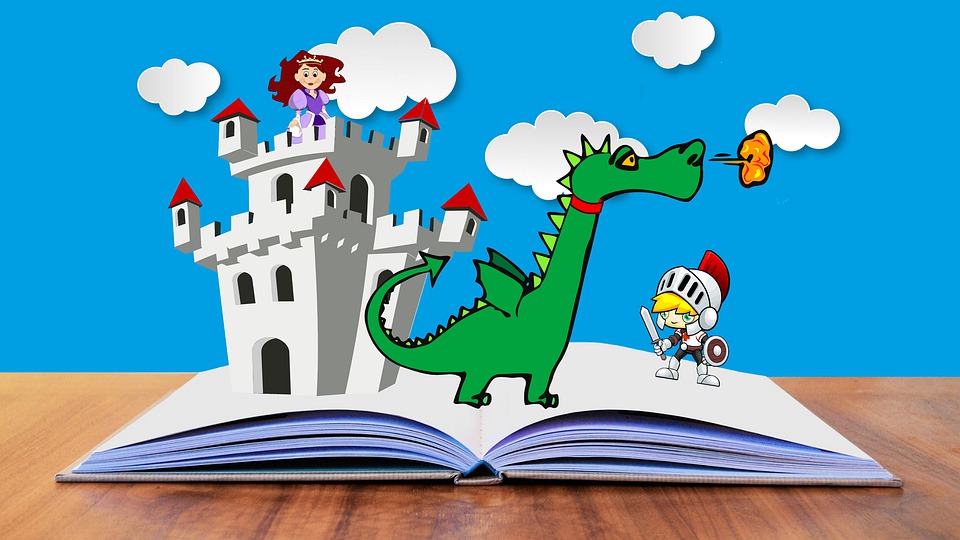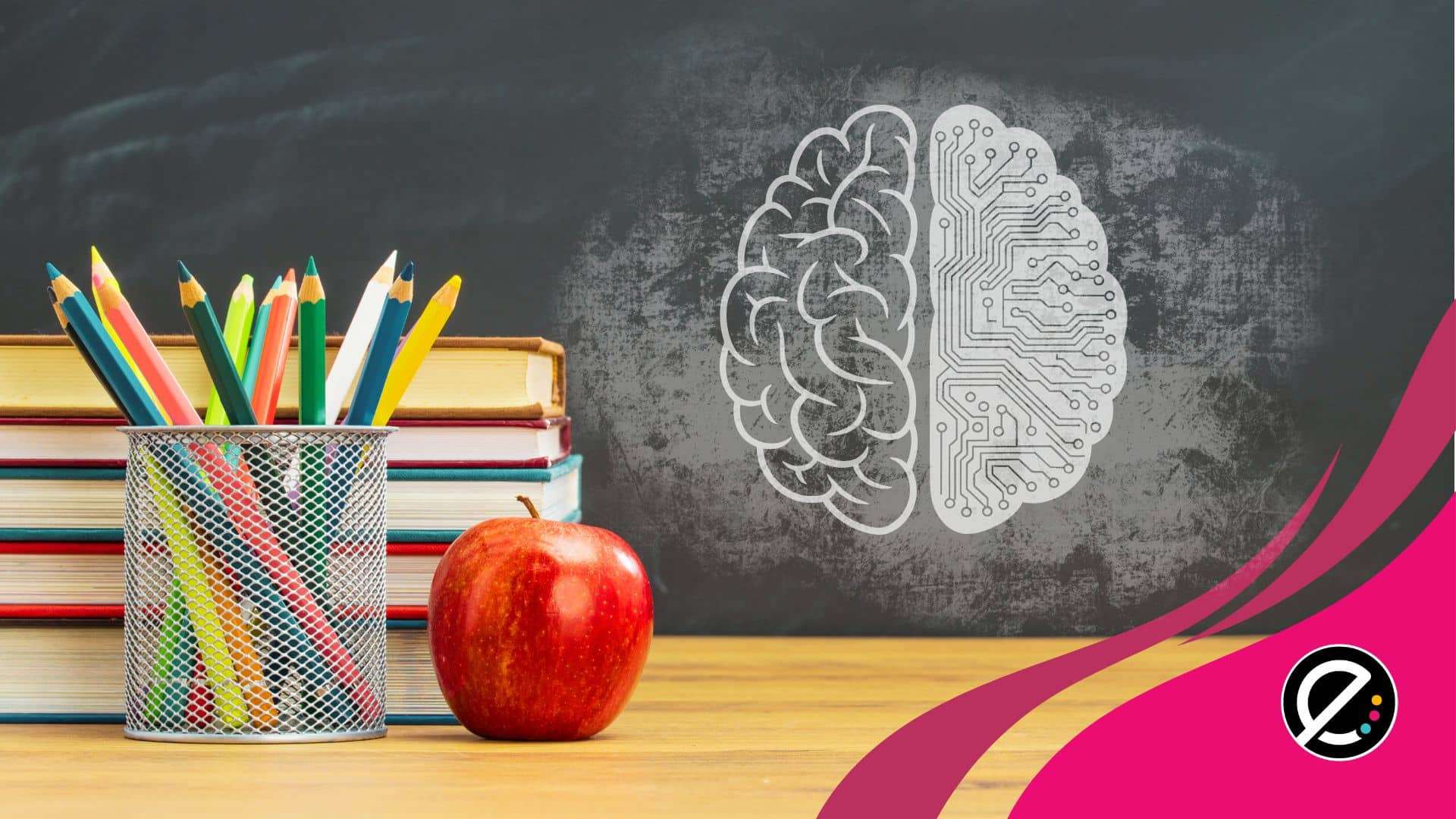Voici un projet stimulant dans lequel le numérique devient un levier et qui offre aux élèves la possibilité de se balader au cœur de leur imagination grâce aux albums jeunesse sans texte. Retrouvez à la fin de l’article un répertoire d’albums proposés pour le vivre vous aussi!
Dans le cadre du dernier rendez-vous Clin d’œil sur la recherche, l’École en réseau (ÉER) avait convié les participants à découvrir le projet Littérature jeunesse : un trésor à exploiter. Il a été présenté par Sophie Nadeau-Tremblay, enseignante ressource de l’ÉER, ainsi que Pascale Thériault et Stéphane Allaire, tous deux professeurs à l’Université du Québec à Chicoutimi (UQAC).
Pourquoi l’album jeunesse sans texte?
L’album sans texte offre aux enseignants la possibilité de travailler la littératie visuelle avec les élèves. Puisqu’il n’y a pas de texte, l’illustration est au cœur des apprentissages, offrant aux élèves la possibilité de se balader au cœur de leur imagination. L’absence de texte offre une dimension artistique à la séance. En regardant les couleurs, les formes, les visages des personnages… les élèves se mettent instinctivement à imaginer les conversations entre les personnages.
De plus, l’album sans texte rend l’élève plus actif car il est perpétuellement à la recherche d’indices visuels pour comprendre l’histoire. En ouvrant la conversation, l’enseignant travaille avec ses élèves sur les compétences orales à développer. Chacun leur tour, les élèves parlent de ce que les images évoquent pour eux et de ce qu’ils pensent deviner de l’histoire. La discussion devient tout de suite stimulante en classe et tous travaillent petit à petit à structurer leur pensée, tout en s’exprimant de plus en plus clairement.
L’album jeunesse sans texte comme outil de coélaboration à l’écrit
Dans le cadre du projet, les présentateurs ont expliqué que l’album jeunesse sans texte avait été utilisé comme outil de coélaboration entre les élèves. Cela signifie que les élèves ont travaillé ensemble pour donner un sens à une histoire uniquement illustrée. Le projet est donc devenu un tremplin vers l’écrit puisque les élèves ont pensé ensemble au sens qu’ils allaient donner à l’histoire et qu’ils devraient ensuite écrire individuellement.
L’apport à la pratique enseignante
Les enseignantes ayant participé au projet ont proposé le logiciel Knowledge Forum comme plateforme collaborative d’échange et de travail élève/enseignant. En effet, ce dernier offre un accès sécurisé tout en gardant précieusement les discussions et les échanges. Ainsi, l’usage des albums sans texte jumelé à la plateforme Knowledge Forum ouvre un champ d’exploration de nouvelles propositions. Au sein de la classe, le « nous » prend tout son sens, ont expliqué les présentateurs. Cela signifie qu’après les échanges, les élèves se rendent compte que c’est en groupe qu’ils ont compris l’histoire, et non chacun de leur côté. Le logiciel a permis aux enseignantes de pousser le travail jusqu’à l’analyse des textes. Une étape souvent sous-exploitée en raison du manque de temps.
Dans ce document Google Drive, vous trouverez tout un choix d’albums sans texte à utiliser avec vos élèves.
Pour revoir la discussion :






